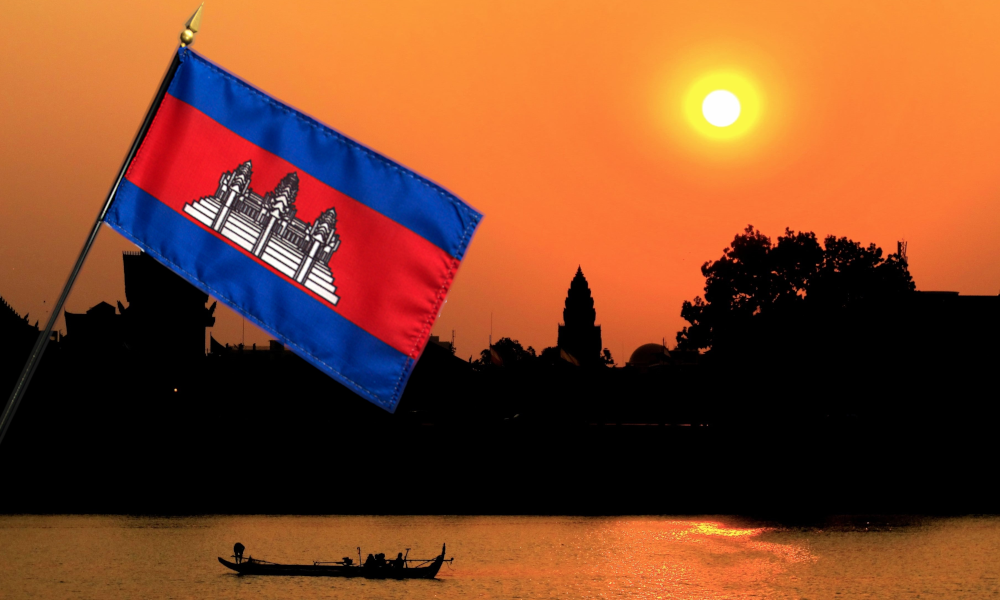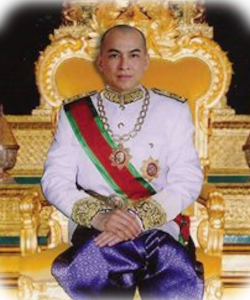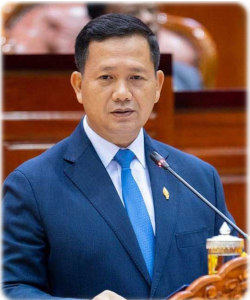Introduction to Cambodia

Cambodia has emerged as a prominent destination in Asia for luxury travelers, backpackers, and a diverse range of visitors. Situated between Thailand, Vietnam, and Laos, this “watery Kingdom,” a term coined during the early days of the Khmer Empire thousands of years ago, boasts excellent transport connections, an abundance of attractions, and a relatively high proficiency in English compared to its neighboring countries, making it particularly accessible for travelers.
Table of Contents
ToggleDefined by history
The nation is renowned for two primary aspects: the magnificent temples of Angkor and the harrowing legacy of the Khmer Rouge. The former represents a significant source of cultural pride for the Cambodian people. The ancient Khmer Empire, which thrived from the 9th to the 15th centuries AD, encompassed much of what is now Thailand and Vietnam, marking a period regarded as the pinnacle of Cambodian history. This era is recognized as the foundation of many cultural, linguistic, and traditional elements that continue to influence the region today. A visit to Cambodia would be incomplete without exploring Angkor Wat, which offers profound insights into the empire’s critical role in shaping both historical and contemporary Cambodian society.
In stark contrast, the painful history of the Khmer Rouge and the subsequent civil war remains a sensitive topic in modern Cambodia, with the trauma still vivid for many citizens. From 1975 to 1979, approximately 2 million individuals lost their lives due to overwork, starvation, disease, or execution. The nation’s infrastructure, including education, healthcare, and currency systems, was either obliterated or severely undermined. In alignment with Pol Pot’s vision, the country was effectively reset to a so-called “year zero.”
Cambodia’s future
Looking ahead, Cambodia’s prospects appear increasingly promising. The nation has made remarkable progress in recent years, largely attributed to its youthful demographic. With nearly half of its 14 million inhabitants under the age of 30, there is a palpable sense of innovation and advancement, particularly in the dynamic capital of Phnom Penh.
Tourism has experienced significant growth, with a record 6.6 million visitors recorded in 2019 prior to the pandemic. Although the sector faced challenges, Cambodia is already on the path to recovery and is expected to witness a steady rise in tourist numbers in the years to come. Visitors can look forward to a diverse array of experiences, as new restaurants, hotels, and activities continue to emerge throughout the country.
From breathtaking beaches and verdant jungles to ancient temples and lively markets, Cambodia offers a rich tapestry of attractions for all. It is important to note that the optimal period for visiting is from November to February, when the climate is cool and pleasant. However, even during the rainy season from June to September, there are numerous attractions and activities available. Ensure that you do not overlook this remarkable destination.
Cambodia City & Province
The Kingdom of Cambodia has plenty to offer in each of our 25 wonderful locations. Phnom Penh being the Capital City and 24 provinces, each bubbling with their respective excitements and flavours awaiting to be explored and enjoyed.
Cambodia’s capital, Phnom Penh, while modest in size compared to other capital cities, is undeniably vibrant. The streets are alive with the hustle and bustle of motorbikes, street vendors, and tourists, which can initially feel overwhelming. Nevertheless, Phnom Penh possesses a unique charm. A visit to the Olympic Stadium around 4 PM reveals numerous individuals engaging in open-air aerobics, while a sunset boat cruise on the river, where the Tonle Sap converges with the Mekong, offers a serene experience. The city’s burgeoning café culture provides an excellent opportunity for people-watching and enjoying the local ambiance.
Beyond Phnom Penh, Cambodia is comprised of 24 additional provinces, characterized by two significant waterways: the Tonle Sap to the east, which flows to and from Tonle Sap Lake, and the powerful Mekong to the west. This geography creates an optimal environment for rice cultivation, with agriculture predominating in most provinces, blanketed by expansive rice fields. However, venturing eastward reveals rolling hills and lush jungles. Visitors may have the opportunity to observe river dolphins in the Mekong at Kratie or relax while savoring delectable crab in the coastal towns of Kep and Sihanoukville.
Khmer language
Khmer is the language of Cambodia. It’s not a tonal language, but is notoriously complicated to learn – with 35 consonants and 23 vowels. It’s relatively easy to learn a few basic phrases however. Making the effort to say “Sursedey” (hello/good-day), “soksabye” (how are you) or “awkun” (thank you) tends to be much appreciated. and may earn you an additional discount when bargaining, or some additional help or kindness when navigating around the area.
Monarchy and Politics
 Cambodia is a “Kingdom” and the regent is Norodom Sihamoni, eldest son of Norodom Sihanouk, referred to as “King-Father” by many Cambodians. The King is a highly respected figure, although now has little political power.
Cambodia is a “Kingdom” and the regent is Norodom Sihamoni, eldest son of Norodom Sihanouk, referred to as “King-Father” by many Cambodians. The King is a highly respected figure, although now has little political power.
The Cambodian government now is Hun Manet the son of Hun Sen, one of the longest-serving prime ministers in the world, having been in power for over 14,000 days since the fall of the Khmer Rouge. As a result, politics is a sensitive issue in Cambodia – with few people feeling confident to share their views.
government now is Hun Manet the son of Hun Sen, one of the longest-serving prime ministers in the world, having been in power for over 14,000 days since the fall of the Khmer Rouge. As a result, politics is a sensitive issue in Cambodia – with few people feeling confident to share their views.
Customs and traditions
Cambodia observes 12 public holidays that commemorate a diverse range of political, religious, and international events. Family traditions and celebrations hold significant importance, with wedding festivities typically extending over a minimum of two days. Additionally, honoring elders and ancestors is an integral aspect of daily customs as well as major annual celebrations.
In Khmer culture, there is a profound respect for elders, reflected in the various forms of address used to show deference to individuals of different ages. Numerous cultural practices are intertwined with Buddhism, the country’s predominant religion. The head is regarded as sacred, while the feet are considered impure. Maintaining harmony in interpersonal relationships is of utmost importance, and expressing anger or excessive emotions in public is generally viewed as inappropriate. This cultural sensitivity may contribute to Cambodia being recognized as one of the friendliest countries to visit globally, where guests are consistently met with kindness, patience, and warm smiles.
